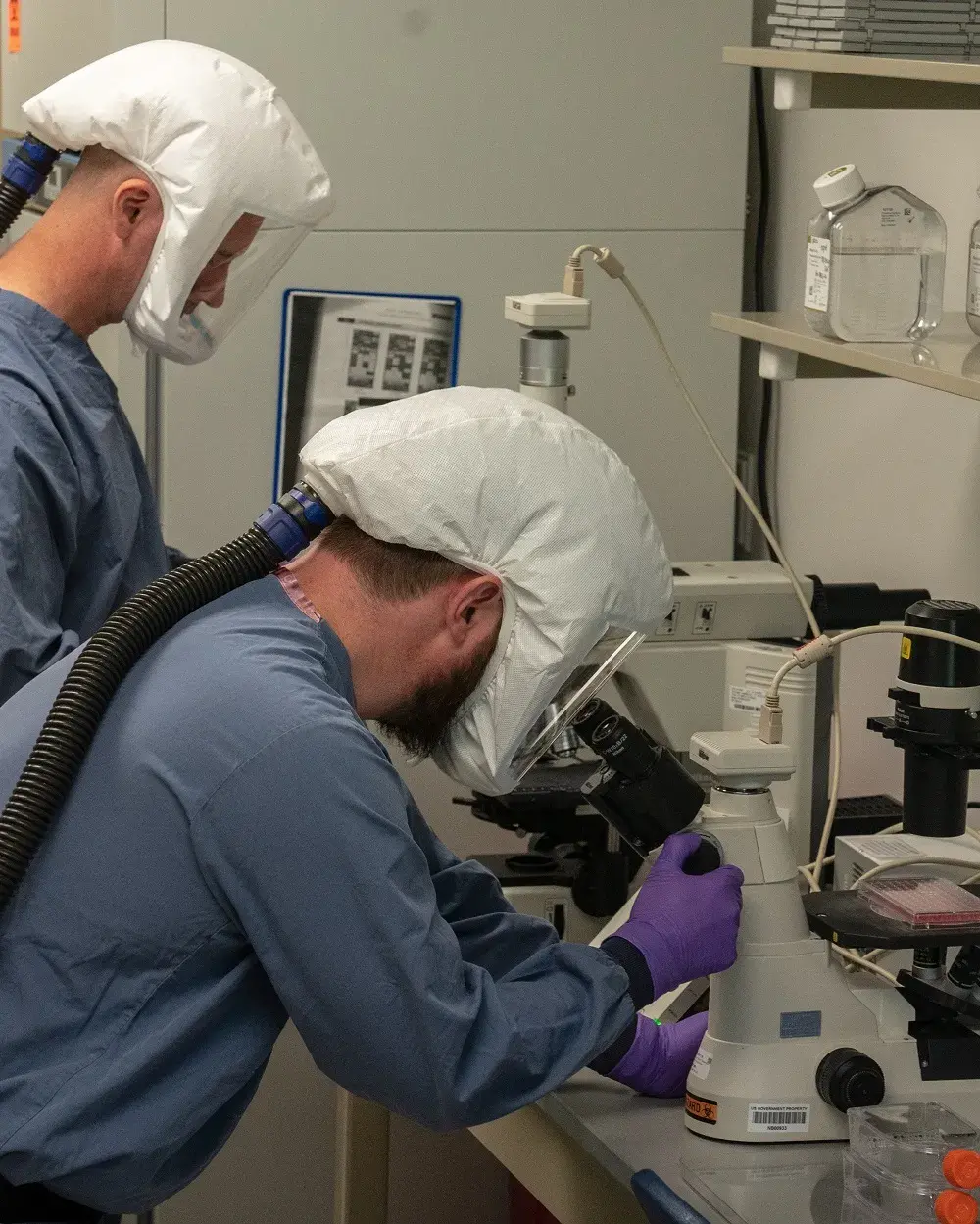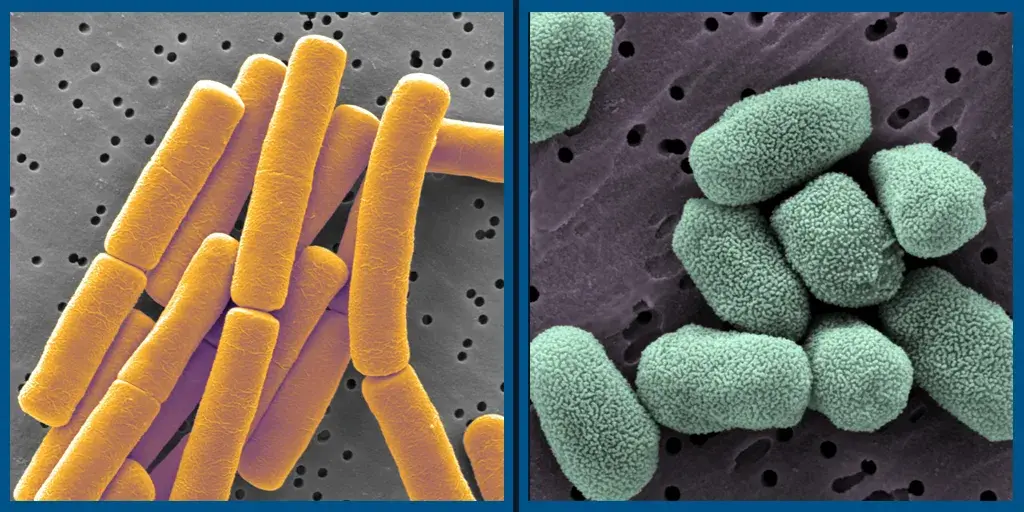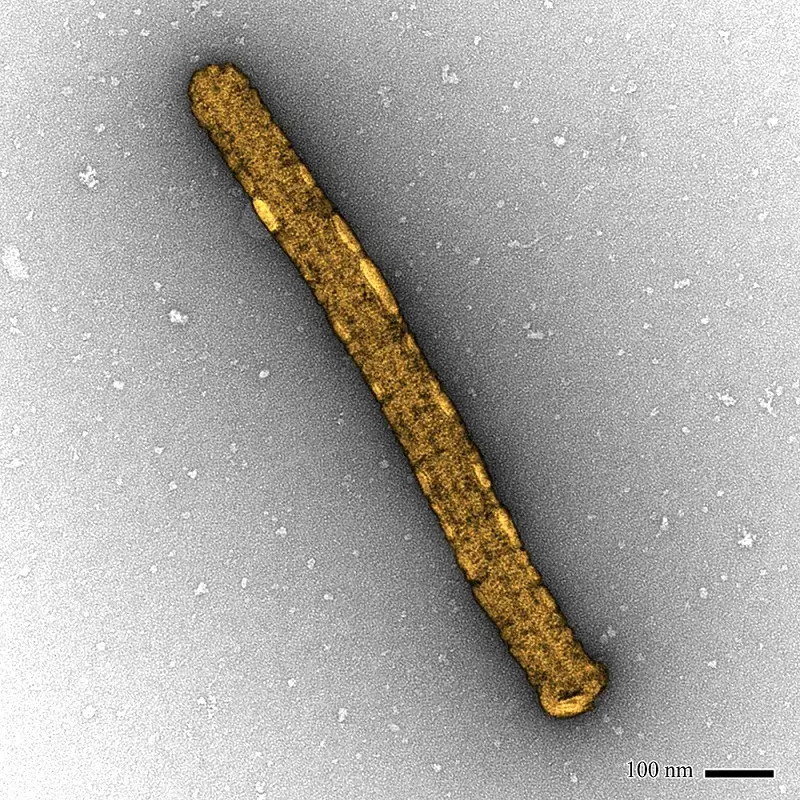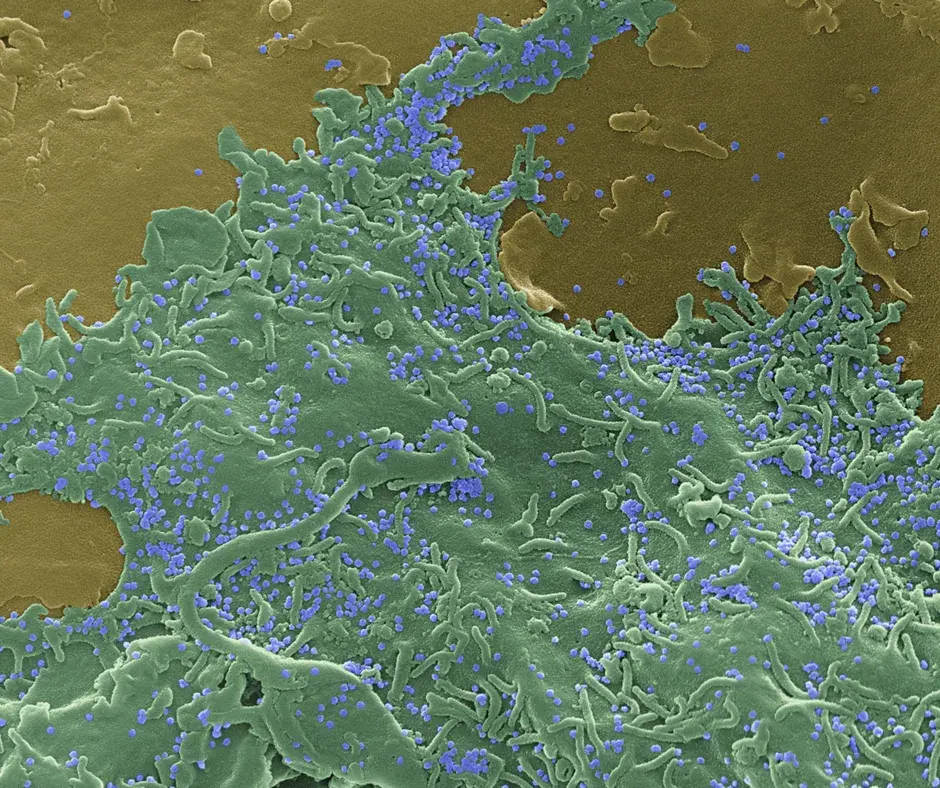 Like many U.S. research and development agencies, the Department of Homeland Security (DHS) Science and Technology Directorate (S&T) was forced to shift priorities almost overnight due to the COVID-19 pandemic. From the start, researchers at S&T’s National Biodefense Analysis and Countermeasures Center (NBACC) have raced against the clock to learn as much as possible about the coronavirus so that our nation is better armed to fight, control and defeat the deadly COVID-19 disease.
Like many U.S. research and development agencies, the Department of Homeland Security (DHS) Science and Technology Directorate (S&T) was forced to shift priorities almost overnight due to the COVID-19 pandemic. From the start, researchers at S&T’s National Biodefense Analysis and Countermeasures Center (NBACC) have raced against the clock to learn as much as possible about the coronavirus so that our nation is better armed to fight, control and defeat the deadly COVID-19 disease.
We asked NBACC researchers: when faced with the challenge of a lifetime, where do you start? Here’s what they told us.
Go back to the basics, starting with anthrax
NBACC, the first DHS national laboratory, was established in the wake of the 2001 anthrax attacks to conduct research specifically on bioterrorist threats that endanger our homeland security.
“We were starting from a place where there were a lot of gaps in our understanding about anthrax when those attacks happened,” said Dr. Lloyd Hough, who leads S&T’s Hazard Awareness and Characterization Technology Center (HAC-TC). The HAC-TC provides technical support and guidance for the S&T program Probabilistic Analysis for National Threats Hazards and Risks (PANTHR) and S&T's labs, including NBACC. “We learned quickly how to fill those gaps and how to prioritize the research. We needed to determine the infectious dose, how long the anthrax was stable as a powder in indoor environments. All those experiments and lessons taught us approaches we use when we evaluate emerging biological hazards today, like SARS-CoV-2.”
The lab is what’s known as ‘hot’, meaning it is equipped for the highest Biosafety Levels (BSL) for work with highly dangerous microscopic organisms. The severe  acute respiratory syndrome coronavirus 2 (SARS-CoV-2), the bacteria that caused the plague, and the West Nile virus are all studied in BSL-3 laboratories; the anthrax bacteria and the Ebola and Marburg hemorrhagic viruses are handled in BSL-4 laboratories.
acute respiratory syndrome coronavirus 2 (SARS-CoV-2), the bacteria that caused the plague, and the West Nile virus are all studied in BSL-3 laboratories; the anthrax bacteria and the Ebola and Marburg hemorrhagic viruses are handled in BSL-4 laboratories.
“For known agents like the bacteria that cause anthrax or plague, we do studies from a biodefense perspective,” said Dr. Victoria Wahl, Deputy Director of NBACC’s National Biological Threat Characterization Center. “And for something brand new like SARS-CoV-2, we are studying the basics like how stable the virus is in the air, how it can be transmitted. The same unique capabilities NBACC has established for biodefense research can also be applied to a new agent like SARS-CoV-2 to help us understand it better.”
Lessons learned from Ebola and the flu help inform present-day crisis response
Risk assessment helped S&T identify not only anthrax bacteria for in-depth study but also other disease-causing organisms like the Ebola virus.
“S&T’s risk assessment activities, conducted through the PANTHR program, consider the risk posed by a variety of chemical, biological, radiological and nuclear agents that could potentially be used by terrorists to harm the U.S.,” said Hough. “They also look at the factors that affect risk: how likely an adversary would be to try a certain type of attack, its impact, and the nation’s ability to mitigate such an event with antibiotics and vaccines or other measures.”
During the 2014-2015 Ebola outbreak in West Africa, S&T was flooded with safety-related questions from across DHS components and other federal agencies:
 Should a product from the outbreak area be allowed to be imported to the U.S.?
Should a product from the outbreak area be allowed to be imported to the U.S.?
Can an airport fingerprint reader be potentially contaminated by an infected passenger?
How do we respond if somebody gets sick on an international flight?
How long does infectious Ebola virus survive when an infected person’s bodily fluids (e.g., blood, vomit, saliva, feces) contaminate certain surfaces like stainless steel, polypropylene plastic, and airline carpeting?
What disinfectants are effective at killing the virus in those cases?
In response, S&T first developed a Master Question List (MQL) that consisted of high-level research questions derived from open, reliable, vetted sources. From there, NBACC focused on answering only the questions for which it was best qualified.
“We didn’t want to duplicate efforts,” said Hough. “The MQL became the driver behind the highest-priority gaps in our understanding the disease or helping us plan to respond to it.”
Initially, people assumed the Ebola virus was generally unstable in the humid and hot environments of West Africa. NBACC tested these assumptions to inform health response and decontamination efforts and to learn which virus-infested bodily fluids represent the greatest hazard, which ones are most stable, and how to clean up the most stable ones.
“We were surprised to find that the Ebola virus did just fine in dried blood samples in high heat and humidity for much longer periods than expected. In another study, we demonstrated more effective decontamination methods.” said NBACC Director George Korch.
Additional recent environmental research had NBACC studying the effect of sunlight on the flu virus in aerosols. Despite many years of influenza research, there were still unknowns regarding how the flu virus survives in different environmental conditions. This research experience informed similar research on the coronavirus.
“Compared to Ebola, a known risk, SARS-CoV-2 is a novel agent and we did not know what to expect, and the pressure was incredible to get high-quality data quickly,” said Wahl. “Much like the pandemic, this intensity didn't just go away. This has lasted for a whole year already. We thought this was going to be like a sprint, but it turned into a marathon.”
The Ebola and flu studies helped inform the basis of NBACC’s initial work on COVID-19 as early as January 2020, before the virus even arrived in the U.S. Because this was a new pathogen, NBACC first sought to answer two principle questions. First, what is already known? And second, what is different or unknown? NBACC then started working on a dedicated COVID-19 MQL that has since been updated weekly. This new MQL quickly summarizes what is known, what additional information is needed, and who may be working to address such fundamental questions as “What is the infectious dose?” and “How long does the virus persist in the environment?” and “Are there differences between geographic strains?”
Looking at SARS-CoV-1 in order to ask the right questions about SARS-CoV-2
 Another early step NBACC took was to compare SARS-CoV-2 to SARS-CoV-1, which caused an outbreak in China in 2003.
Another early step NBACC took was to compare SARS-CoV-2 to SARS-CoV-1, which caused an outbreak in China in 2003.
“What's intriguing is that by naming this new strain after an earlier strain of virus, it likely created assumptions, by the medical community, of the characteristics of the new virus based on that earlier virus, which actually proved problematic in how we approached severity, transmission routes and other factors” said Korch.
Although these two coronaviruses are closely related genetically, they turned out to be quite different in how they present in patients. For example, SARS-CoV-2’s incubation period is almost twice as long, the number of patients with mild illness is much higher than the SARS-CoV-1, and the number of patients needing hospitalization and intensive care vastly exceed patients with SARS-CoV-1.
“Also, SARS-CoV-1 had a much shorter duration of causing issues in only a limited number of countries, so there was not as much opportunity to observe the types of outcomes we see with SARS CoV-2,” said Korch.
NBACC chose to answer questions from the MQL related to transmissions via aerosol and surfaces, environmental stability factors, decontaminant effectiveness, and infectious dose. Such questions were selected based upon the unique capabilities that S&T has built at NBACC.
Focusing on future pandemic preparedness
NBACC is using lessons learned from all these research experiences—from anthrax to COVID-19—to refine and streamline the lab’s planning and workflows, so response to future outbreaks will be swifter from day one.
In recent months, several peer-reviewed NBACC COVID-19 studies were published, and many others are in the works. Currently, NBACC scientists are studying the minimum number of viral particles needed to cause an infection.
“This is a fundamental question that must be answered,” said Korch. “A lot rides on this type of information. Improvements like higher ventilation rates, single-pass air or UV decontamination within air conditioning systems can help decrease or eliminate the virus indoors. All of those things decrease the number of viral particles little, by little, by little.”
Also, the lab has obtained several new coronavirus isolates that are thought to spread more easily. NBACC scientists are replicating their earlier environmental tests to study the effects of humidity, sunlight, and temperature to evaluate potential differences with the variants.
NBACC is constantly following what is going on in the world, paying attention to reports of new outbreaks. While the COVID-19 pandemic rages on, Ebola cases continue to appear in West Africa. S&T’s goal is to always try to anticipate the needs of the country.
“The response to this pandemic taught us how to quickly find data gaps and then fill them,” said Korch. “Building on these capabilities will help us defeat whatever is coming our way. Many of the basic principles that inform how a novel virus or bacteria might spread in the community, how it behaves under different environmental conditions and how much or little of the pathogen it takes to cause disease will be the same questions we will be tackling for threats of the future. Having great systems, personnel and capabilities at the ready put us in much better shape to tackle those future threats as well.”
